Did you know that 80% of dogs show signs of dental disease by age three? I’ve always thought that dog vaccinations could be done during dental cleaning to save time. Combining these procedures seems like a win-win for busy pet owners and their furry pals. The benefits are clear: fewer trips to the vet and reduced stress for dogs. Is it safe? I’ll explore the risks and rewards of this approach. I’ll also discuss how it could make life easier for dogs and their humans. Are you ready to know the truth?Let’s get to exploring!
Key Takeaways
- Group dog vaccines with dental cleaning to make vet trips more efficient. This saves time and stress for the pet and the owner.
- The good thing with simultaneous treatment is that you can perform a thorough health check in a single anesthesia.
- It’s important to know the safety protocols in place during these procedures. Proper anesthesia monitoring helps ensure the dog’s health and safety.
- Be mindful of potential risks, such as adverse reactions to anesthesia or vaccines. It’s important to have a good conversation with your vet.
- Combining procedures can be cost-effective by reducing the number of visits and associated costs.
- Thorough preparation, such as health assessments before the procedure and adhering to vet instructions, will help ensure a positive result.
Understanding Combined Procedures
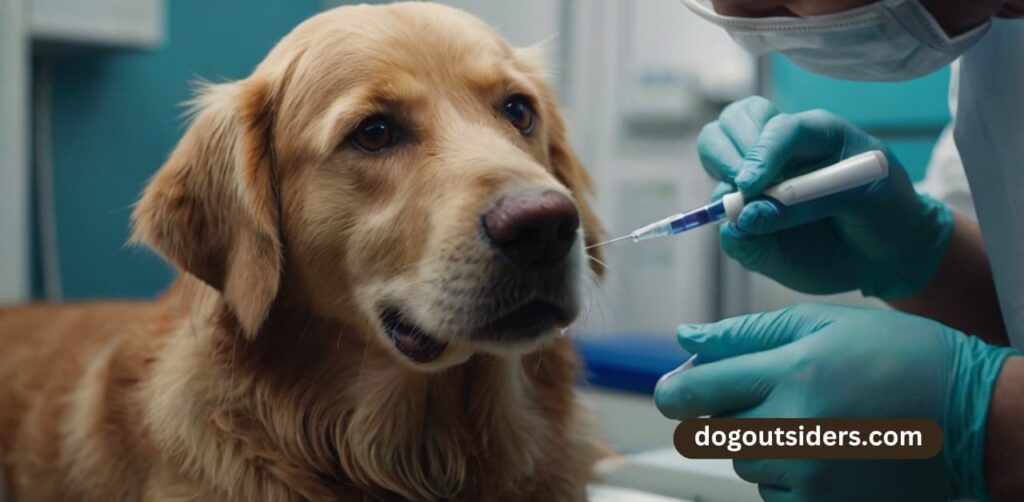
What Are Combined Veterinary Procedures
Let’s take a closer look at what combined veterinary procedures really are. They’re like multitasking at the vet’s, where different treatments happen all at once, in the same visit. Consider how convenient it would be to receive your dog’s vaccines and have their teeth cleaned during the same appointment.
It’s all about making her life as easy as possible. Helping them feel comfortable and relaxed means reducing the number of separate trips to the vet. This can include things such as vaccinations combined with dental cleanings.
For your dog, the fewer visits the better. Trips to the vet can be nerve-racking for them, right? By combining these procedures, we’re doing them a favor. It’s about relieving anxiety and keeping them calm.
Don’t forget the vet’s role in all of this. They’re the ones who are going to make it run smoothly. They plan it out to make sure your pet receives the appropriate care — no hiccups there. It’s all about trust and expertise, ensuring that your furry friend is in capable hands.
Importance of Vaccinations and Dental Care
Vaccinations are important to keeping your dog healthy. They fight off nasty diseases and keep your pet safe. Regular shots are like a bodyguard and should never be missed. Then there’s dental care.
Did you know dental disease is common in dogs? It can affect their well-being. Monitoring their oral hygiene is extremely important. It’s not just about a shiny smile; it’s about their health.
In fact, bad dental health can lead to systemic diseases, such as heart and kidney disease. Vaccinations and dental care are also components of pet wellness. It’s all about giving your pet the best chance at a healthy, happy life.
Educating pet owners about these links is key. The more you know, the better you can care for your furry friend.
Can Vaccinations Be Done During Cleaning
Can you really do vaccinations during a dental cleaning?
- It’s very safe, provided a few things.
- It’s really about making sure your dog is healthy enough to undergo both procedures.
- A full health assessment is so important.
- Before giving your dog the all clear, the vet will want to check your hound’s overall health.
- This makes it safe to combine these treatments.
- Most dogs recover quickly following dental cleaning. They’ll be their rambunctious selves again in a day or two.
- The ability to combine these procedures is a huge win for busy pet owners. It saves time, and less vet trips are less hassle.
- Plus, it can be a lot cheaper. One instead of two saves on gas and other costs.
- Vets said following their instructions can help ensure a smooth recovery.
- That could be special diets or feeding instructions.
Most vets support this whole thing. About 80% recommend it as safe and effective.
If your vet suggests it, rest assured they’re looking out for your pet’s best interest.
Benefits of Simultaneous Treatments
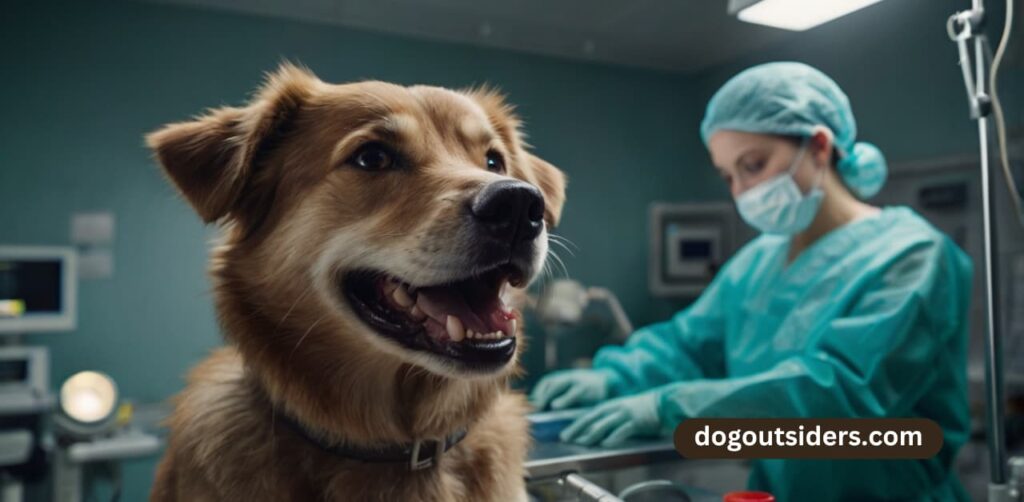
Advantages for Dogs and Owners
The vet visits are cut in half — that certainly makes a difference in the life of a dog and the life of a dog owner. It makes pet care easier and less stressful on everyone. Imagine your dog never having to be stressed by a vet visit again. Fewer visits mean a happier, more relaxed pup!
This is a huge win, since each trip can be a teeth-gnashing nightmare for them.We can put visits together, making them more pleasant for our furry friends with things like annual vaccinations and dental cleanings.
Let’s make it a pleasurable experience for them! The less time they have to spend in unfamiliar environments, the better their comfort and overall well-being.
For pet owners, the benefits are just as large. We’ve all been there — a busy schedule can be overwhelming. Sometimes getting the time to take your pet to the vet is difficult.
Cost-Effectiveness of Combined Care
Check if you can combine vaccinations and dental cleanings during one visit to the vet to save on costs. Scheduling these procedures together allows pet owners to skip the added cost of multiple appointments. This saves you on overall veterinary costs and reduces the hassle of worrying about two separate bookings.
The financial benefits keep getting better. You have fewer appointments and save on related fees, such as consultation charges, which can really add up after a while.
Let’s say it’s transportation costs. Every trip to the vet incurs costs, from gas in your car to fees for public transportation. By combining care into one visit, these costs are halved, making the whole process cheaper.
In addition, there are long-term savings to consider. Staying on top of routine, coordinated care helps you avoid bigger, more expensive problems later on. Solve it all at once, and there will be fewer surprises and a healthier pet overall. We address several health needs in one visit. This approach saves valuable time and makes it easier to integrate healthcare into our hectic daily lives.
This approach doesn’t just help you save time; it also saves you time. Fewer visits mean less transportation costs and less in separate consultation fees. This all-in-one care model eases the financial burden for pet parents.
It also helps you build a stronger relationship with pets and their owners by demonstrating a commitment to their health. One visit can include both vaccinations and dental care. This method provides a more complete evaluation of your pet’s wellness.
This allows vets to detect any problems early on, so our pets receive the best possible care. This all-in-one visit approach can help improve the pet-owner relationship as our pets know we prioritize their health.
Safety and Medical Considerations
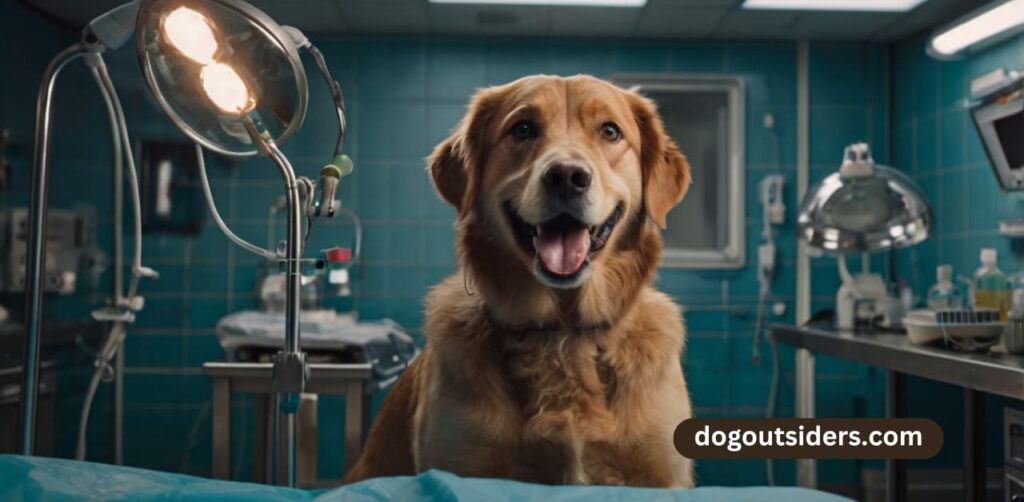
Pre-Procedure Health Assessments
When considering whether to schedule vaccinations alongside your dog’s dental cleaning procedure, it’s essential to recognize that it’s not just about convenience; a comprehensive health assessment is critical.
Your vet will typically perform a pre-procedure exam, which may include blood work and a general physical check-up, to ensure your pet is prepared for both the dog annual vaccinations and the dental cleaning.
This health evaluation allows for the customization of care based on your pet’s individual needs. Key health indicators such as heart rate and breathing are monitored, particularly for older dogs or those with specific health concerns.
Ensuring that your dog is in optimal health can significantly reduce the risk of complications during the combined vaccination and dental cleaning appointment.
Sharing a complete vaccination history with your vet is crucial. This information helps veterinary professionals identify any past medical issues or reactions to treatments, guiding them to make the safest choices for your pet’s health. Whether it’s an old vaccine allergy or a dental disease concern, transparency fosters a cooperative approach to your dog’s care.
Additionally, if your dog requires dental work, discussing any previous dental disease or issues with your vet can help tailor the dental care program. This proactive communication ensures that your pet’s well-being remains the top priority during both vaccinations and dental procedures.
Incorporating regular teeth cleaning into your pet’s routine can help prevent plaque buildup and other oral health issues. By scheduling regular dental exams, you can ensure that your dog’s teeth remain healthy and free from periodontal disease, which can lead to more severe health problems if left untreated.
Ultimately, the goal is to maintain your dog’s overall health through proper veterinary care, which includes both annual vaccinations and dental prophylaxis. By working closely with your veterinary team, you can ensure that your pet receives the best possible care tailored to their unique health needs.
Guidelines for Safe Practices
To safely combine vaccinations and dental cleanings, you need clear guidelines.
Vets follow strict protocols to make sure everything goes smoothly. It’s not just doing things by the book; it’s about keeping your pet safe and healthy.
The key is effective communication between you and the vet team. This helps everyone be on the same page, which is invaluable when it comes to your pet’s health.
Following recommended practices is a means to augment your dog’s safety through these combined procedures.
For instance, your vet may recommend a certain order of treatments or some tips for aftercare. Following these instructions can do a lot to support your pet’s recovery. It also makes their treatments more effective.
If you combine these procedures, you’ll save money. You might even save 10-20% compared with doing them individually!
Timing and Scheduling Factors
Timing is key when it comes to scheduling combined vaccinations and dental cleanings. The best time may vary based on a few different factors, such as your dog’s age or overall health.
For example, younger dogs may respond to anesthesia differently than older dogs. Your vet can also help align vaccination schedules with dental care, making it easier to keep your dog’s health in check.
It’s wise to plan ahead for routine wellness visits. This ensures your dog gets the timely care they need. It also helps you coordinate treatments efficiently.
If your dog appears unwilling to eat or has a reduced appetite for more than a day or two following anesthesia, contact your veterinarian. We should monitor their eating behavior during the recovery period.
You may also be able to have them adjust future schedules or offer extra support to ensure your pet is comfortable.
These procedures can be combined for your convenience and efficiency, but your pet’s health is always the top priority.
With careful consideration and coordination with your vet, you can help your dog on their path to health safely and effectively.
Anesthesia and Monitoring Protocols
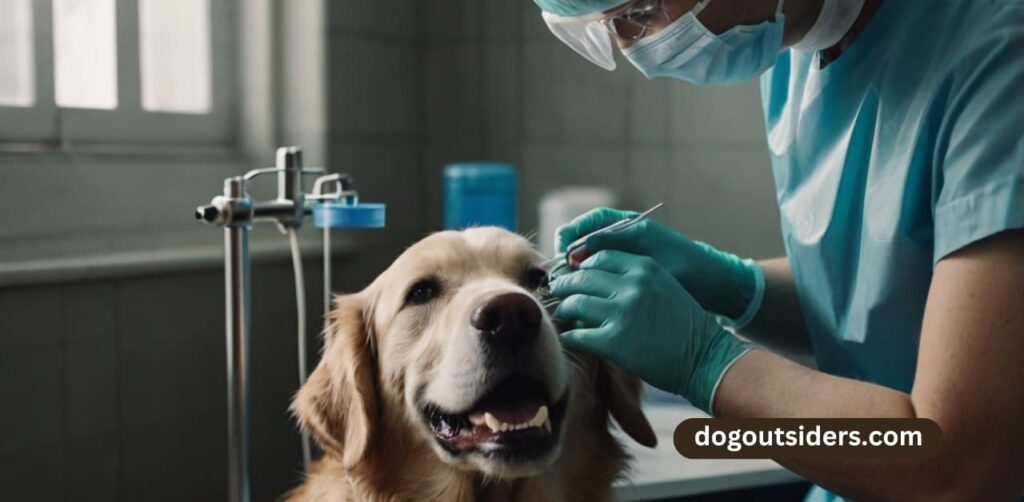
Types of Anesthesia Used
When it comes to bundling together dental cleanings with vaccinations, they make a big deal about the anesthesia.
There are mainly two types you’ll hear about: general anesthesia and sedation.
General anesthesia puts you completely under, making you fully unconscious. Dentists commonly use it for advanced dental procedures or when multiple procedures are necessary.
Sedation is lighter than full anesthesia. Your dog will be relaxed and possibly a bit sleepy, but they won’t be completely knocked out.
Now, why does this matter? The right anesthesia will depend on what your dog requires.
For example, if they’re only getting an ordinary cleaning in addition to a vaccine, maybe sedation is fine. If there’s a tooth that needs pulling, general anesthesia is probably the way to go.
Veterinarians have this down to a science. They’ll consider your dog’s health, age, and even breed to make the determination.
For example, some breeds may have problems with certain anesthesia, and vets will be careful to select one.
They supplement their expertise by providing explicit rules. This method makes sure your furry friend is protected and comfortable the entire time.
Don’t forget, it’s not just about powering through the process; it’s about easing the recovery too.
Monitoring During Procedures
Once your dog is under anesthesia, the real work begins.
The veterinary team doesn’t just sit back—they’re monitoring everything like busy bees.
They closely monitor important signs such as heart rate, breathing, and oxygen levels. This constant monitoring is critical, as it catches any little hiccups early. If the heart rate drops or breathing gets too shallow, they’re able to make quick adjustments.
It’s like that pit crew at a race, just making sure everything goes smoothly.
Veterinary technicians make an enormous contribution in this area. They’re trained to look for even the tiniest signs of trouble.
They’ll monitor and adjust anesthesia levels, making sure your dog remains at the appropriate sedation depth. It’s just a lot of balance — you can’t have too much or it’s risky, and you can’t have too little or it wakes them up.
Rest easy knowing there’s a dedicated team keeping your pet safe and sound.
Recovery and Post-Procedure Care
Recovery kicks in after the dental cleaning procedure. Most dogs recover quickly in just a few hours, but some may be groggy for 24–48 hours, similar to waking up from a nap and feeling a little off. It’s essential to keep it chill during this period; no heavy play or exercise for a day or two is advisable to let their body heal.
You may notice your dog isn’t as hungry, which is normal after undergoing a dental procedure. If they don’t perk up after a couple of days, it’s time to take action. If they’re reluctant to eat, that’s a sign to check in with the vet for further evaluation. This is especially crucial if they had any extractions or significant dental work, as recovery can take a bit longer.
Soft food can really help during this phase, so ensure you follow any special diet instructions your vet may have provided. Additionally, watch for signs that your dog is uncomfortable. About 10-20% of dogs may experience some post-anesthetic pain, which can be managed with proper veterinary care.
If you see anything out of the ordinary, a quick chat with the vet can set your mind at ease. Regular dental exams and cleanings are vital for maintaining your dog’s oral health and preventing dental disease. Engaging in these pet wellness procedures can significantly enhance your dog’s overall health and well-being.
Remember, keeping up with routine dog dental care is essential in preventing issues like periodontal disease and tooth loss. Always ensure your dog is up-to-date on their annual vaccinations, as this helps bolster their immune response against infections.
Potential Risks and Complications
Age and Health Status Impact
Age and health play a significant role in the decision to pair dog annual vaccinations with dental cleaning procedures for your pet. This is an important topic that deserves attention.
Let’s open this up because it’s a really important topic.
A lively young pup can easily handle a combined vaccination and dental cleaning appointment. However, an older dog with heart issues or kidney problems requires more caution. Consulting a vet is essential; they can assist in creating a tailored plan that addresses your dog’s specific health needs.
It’s also vital to alert your vet when any changes in your dog’s health occur. A subtle limp or a difference in appetite might be critical information. These differences can significantly impact their care and recovery, especially when it comes to scheduling vaccinations and dental exams.
Veterinary professionals can provide valuable insights into the best practices for pet wellness, ensuring that your dog receives the appropriate annual vaccinations and dental care.
Ultimately, maintaining your dog’s health requires a comprehensive approach that includes regular dental checkups and vaccinations, allowing for a proactive stance against potential complications.
Recovery Timeline and Considerations
Once the procedure is complete, you’ll want to know what the recovery entails.
In general, dogs may feel a little groggy or out of it for 24-48 hours after anesthesia. At this time, it’s important to closely watch them.
Offer them a comfortable, quiet spot to crash. You may find they’re not overly interested immediately after, which is perfectly normal. If they don’t go back to their food-loving selves in a day or two, it’s time to call the vet.
Don’t be afraid to get them the assistance they need!
Recovery varies based on one’s age and overall health. Younger dogs bounce back faster than older ones.
Follow-up visits are a must — just to make sure that everything’s healing exactly as it should.
Make sure you follow the vet’s instructions about fasting prior to the procedure. That typically translates to no food for between 8-12 hours. Afterward, soft food or softened kibble can be easier for them to handle, especially if there were extractions.
Keep the play and walks light for a day or two. This will allow their body to properly heal.
When to Avoid Combining Treatments
There are times when combining treatments isn’t a great idea.
Some dogs have health issues that necessitate individual appointments for safety.
If a dog has a compromised immune system or certain allergies, vaccinating during another procedure can be problematic.
It’s about their health and safety during these kinds of situations.
Those with respiratory problems might not fare well under anesthesia for hours.
It’s really all about personalized care.
Each dog’s needs are unique, and something that works for one will not work for another.
If you’re unsure about proceeding with both treatments at once, talk to the vet. They can advise you on whether it’s safe or if scheduling them separately would be wiser.
Ultimately, the aim should be to keep our pets happy and healthy without taking any needless risks.
Cost Analysis and Financial Considerations
Single vs. Combined Procedures
When deciding between single and combined veterinary procedures, think through the pros and cons. Taking steps to think through both sides will lead you to make the right decision.
Now, even single procedures (like, say, only getting your dog’s teeth cleaned) can be more direct. You go, you do the thing, and you leave. This approach may be appropriate for dogs with particular health requirements or dogs who easily become stressed.
Cost-wise, a teeth cleaning alone can range from $200 to $600 or more, and this includes the whole shebang: consultation, anesthesia, scaling, polishing, and any aftercare medicine. If tooth extractions are needed, you might be topping the higher end of that range.
Pairing procedures, such as yearly vaccinations with dental cleanings, helped consolidate treatment.
Now you can solve two problems at the same time!
You save time and reduce stress by getting your dog to the vet.
You have the opportunity to save some money.
Fewer vet visits mean lower costs because those office visits can add up.
Remember, there are situations where single procedures are more appropriate. If your dog has a particular health concern that requires careful monitoring, you’ll want to set up single appointments. If they are intolerant of specific treatments, one-on-one visits are appropriate.
Pet owners always need to think carefully about their options.
In the end, the health and comfort of their furry friends should determine their choices.
Factors Affecting Costs
There are several factors that can influence the costs of combined vet procedures, and it’s helpful to understand them.
For one, location has a lot to do with it. Veterinary services in urban areas may cost more than they do in suburban or rural areas.
Whether the treatment is complex — for example, whether your dog will need extractions during a cleaning — will also affect the price.
It’s important to have open conversations with your vet regarding these expenses.
You can plan your finances if pricing is upfront, and you may uncover opportunities for savings.
For example, some clinics offer in-house payment plans, letting you break the bill into affordable monthly payments. This can ease the financial burden, especially if unexpected treatments are needed.
Another to consider is pet insurance. Providers like MetLife Pet have wellness plans that cover routine care like vaccinations. These plans may save you money over the long run.
You have a MetLife Pet policy with a $250 deductible and 90% reimbursement. If you have a $400 invoice from your vet, the policy can reimburse you up to $350. That’s a hefty amount you would be saving!
Be sure to look into other financing options, like CareCredit. It provides short-term financing with no interest for up to 24 months when you pay the full amount before the promotional period ends.
If you’re in a bind, crowdfunding sites such as GoFundMe and Waggle can help. They provide a lifeline for those surprise veterinary bills.
Preparing Your Dog for Procedures
Pre-Procedure Preparations
While preparing for your dog’s combined vaccinations and dental cleanings, keep the following in mind. Planning ahead will help the day go smoothly for you and your pooch.
First, fasting prior to the procedure is critical. Most vets recommend withholding food for 8 to 12 hours before the procedure. On a full stomach, they believe anesthesia can have serious risks.
The night before, forgo the kibble, but continue offering tiny sips of water, per your vet’s instructions. That way, your furry friend is hydrated without causing complications during the procedure.
The health info doesn’t get forgotten about.
Collecting what information you can about your dog’s history is important. We’re focusing on key details such as past medical history and current medication. We also would like to know whether they’ve had any unusual reactions to anesthesia.
This helps the vet know if your pet’s in tip-top shape for dual procedures.
A pre-procedure health assessment, including blood work and a physical exam, is often part of this prep. It’s how vets determine if your pooch can handle the combo of getting vaccinated and having his teeth cleaned.
It’s normal to have questions or concerns. Perhaps you have questions like how long your dog will be groggy afterwards or what signs to look out for once the procedure is done.
Whatever it is, ask me! It’s really important for you to clear up any doubts you may have. This open dialog keeps you aligned with the vet. It helps make sure your dog gets the best care possible.
Working with Your Veterinarian
Forming a team with your veterinarian is essential when it comes to your dog’s healthcare.
This collaboration isn’t just about following orders; it’s about being an active participant in your pet’s health journey.
Open communication with your vet can make the care your pet receives that much better.
By talking through your worries and expectations, you enable the vet to adjust his or her approach to your dog’s situation.
Vets play a massive role in guiding you through treatment options. They can also advise you if combining procedures is a good idea for your pet.
They may emphasize that when paired with dental cleaning, you can get vaccinations done while saving time. This approach can also cut transport and related costs in half.
Keep in mind that every dog is individual. What works for one pet may not necessarily be appropriate for the other.
That’s why your insights as a pet owner are key in making these decisions.
Be proactive. Ask me about the fast guidelines, please. You can also ask about post-procedure care or how to use treats to make your vet visit a positive experience.
Understanding that recovery might take a few hours lets you plan. Keep in mind, some dogs may be drowsy for as long as a day.
Remember, it’s okay to speak up if something doesn’t feel right. You know what ‘they’ said, ‘input’ matters!
Working with your vet is the best way to keep your pooch comfortable and safe throughout their healthcare journey.
Conclusion
I’ve been on this dog journey and found out something important.
Combining vaccinations with dental cleanings can save you time and keep your furry friend healthy. The process is straightforward. A vet can do both while your dog is under anesthesia. That means less stress for your pet. You get peace of mind knowing they’re safe and sound.
Remember, every dog is unique. Talk to your vet about what’s best for your pup. Thinking about costs? These treatments are often cheaper when combined. It cuts down on vet visits. Always measure the benefits against any risks.
The goal is a happy, healthy dog with shiny teeth and up-to-date shots! Want to find out more about it? Dig a little deeper and ask your vet the right questions. Get in the loop, and make the best choices for your dog. Your pet deserves the best, so take that step today!
Frequently Asked Questions
Yes, they can. Combining procedures, such as dog annual vaccinations and dental cleaning procedures, reduces stress and anesthesia exposure, making it convenient for both pet and owner.
Combining treatments, such as dog annual vaccinations and dental cleaning procedures, saves both time and money while also reducing the risk of anesthesia incidents for your dog.
It’s generally safe for dogs to undergo procedures like dental cleaning, but there are risks, including complications from anesthesia protocols. Always consult with your vet to ensure your dog is a good fit for annual vaccinations.
Veterinary professionals keep a close eye on vital signs during dog annual vaccinations, protecting your pet throughout the dental cleaning procedure and reducing the chance of complications.
It makes good economic sense to bundle dog annual vaccinations and dental cleaning procedures, as this can lead to discounts on anesthesia and clinic fees.
Follow your vet’s directions exactly, especially during scheduling vaccinations and dental cleaning procedures. This means fasting your pet prior to the procedure and ensuring your pet’s overall health.
Your dog may feel groggy after undergoing a dental cleaning procedure. Follow the vet’s recovery care instructions and monitor for any strange behavior or symptoms.
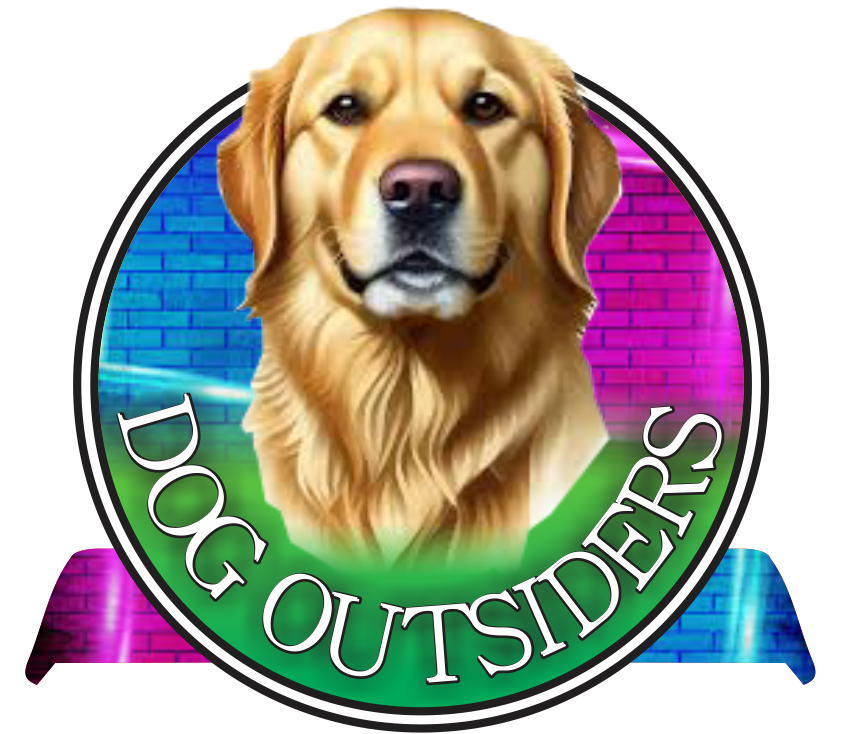


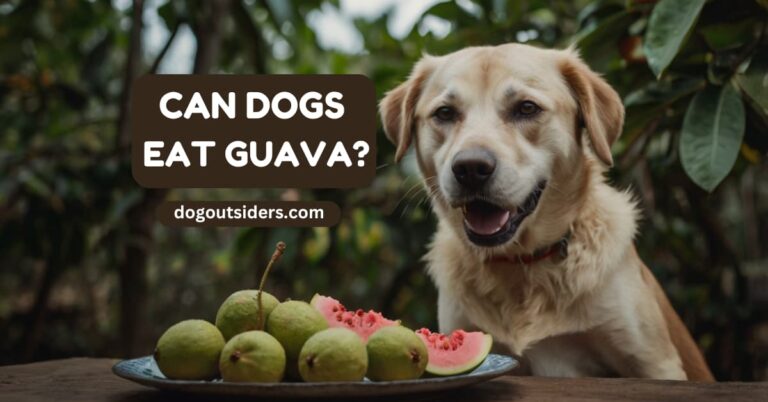

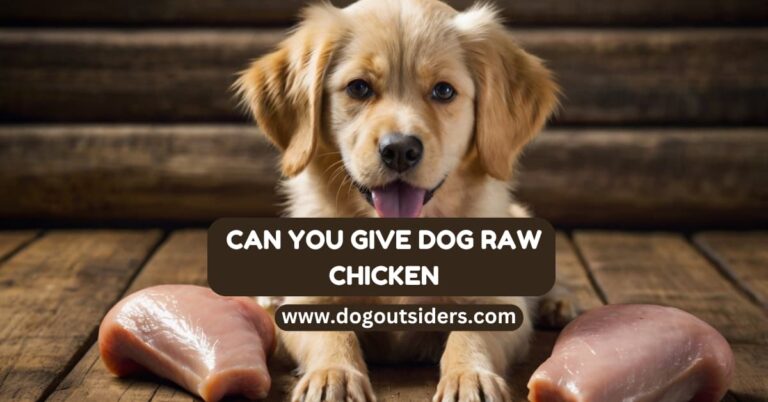
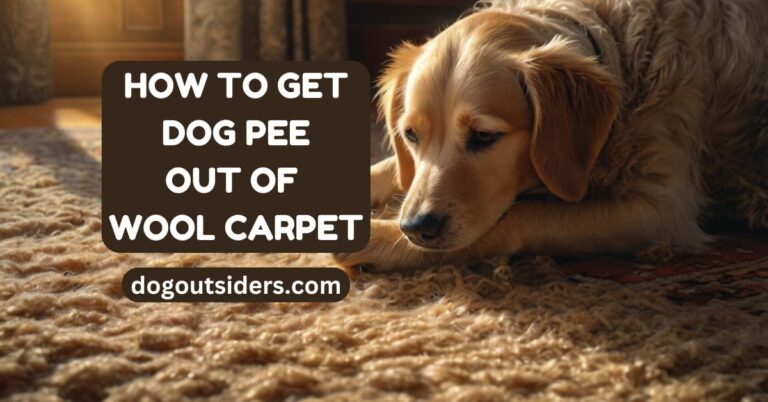
One Comment